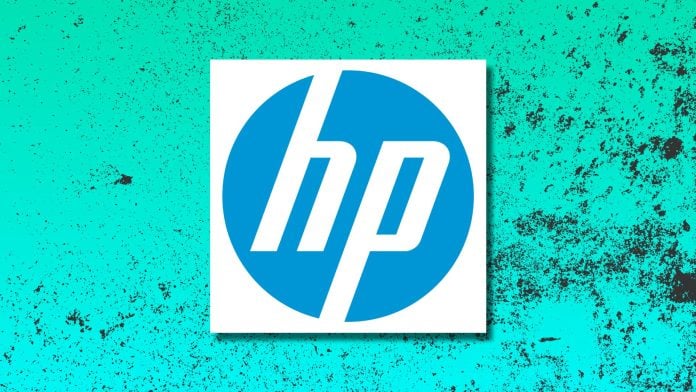Manufacturers across the globe are grappling with an evolving landscape shaped by disruptions from COVID-19, geopolitical tensions, and inflationary pressures. These challenges pose significant risks to supply chains, pushing businesses to rethink traditional models of production. For small business owners, the shift from global manufacturing to a more localized, agile approach can be the key to not just survival, but growth in an uncertain market.
The core question echoing through conversations with manufacturers is straightforward: “How do we transition from a global model to something more responsive and resilient?” The urgency of this question reflects a need for greater flexibility, allowing businesses to adapt swiftly when the landscape changes again.
The old reliance on offshoring for cost savings is becoming outdated. Rising labor costs, coupled with faster development cycles and increased demand for customization, mean that businesses must rethink their manufacturing strategies. Additive manufacturing, particularly 3D printing, emerges as a promising solution. While traditionally seen as impractical for mid- and high-volume applications, it excels in producing low-volume, complex, and highly customized parts. This makes it a valuable tool for small to medium-sized businesses looking to enhance responsiveness without the burden of traditional tooling costs.
HP emphasizes that their focus goes beyond just delivering machines. They aim to create end-to-end solutions that enable agile, on-demand production. With their Multi Jet Fusion technology, HP provides manufacturers with the ability to produce high-quality parts quickly and reliably. "It’s not just about part printing. From material science to digital workflows to production-grade repeatability, HP continues to drive progress," the company states.
One persistent barrier for small businesses is the misconception that additive manufacturing is prohibitively expensive. HP challenges this belief by urging companies to assess value in broader terms. For instance, the benefits of reducing product launch times by weeks, minimizing excess inventory, and responding to custom demands in a matter of days can significantly outweigh initial costs.
Several companies illustrate the advantages of this shift. Ocado, for example, redesigned its 600 Series warehouse robots using HP’s technology, resulting in the printing of over 300 components that led to a fivefold weight reduction, enhanced agility, and decreased installation times by up to 40%. As Matt Whelan, Engineering Director at Ocado Technology, points out, the additive approach allows for ongoing design iterations even while in production.
Another notable case is Blue-White Industries, which transitioned from outsourced injection molding to in-house production using HP’s Multi Jet Fusion technology. This shift has enabled them to speed up product development with a compact 3D print lab, resulting in rapid design iteration and lower tooling costs. Taylor Gledhill, Director of Marketing at Blue-White Industries, explains, "The strength of the printed parts lets us test designs under real-world loads, without having to invest in expensive tooling up front."
AGCO, a leader in agricultural equipment, also demonstrates the transformative potential of additive manufacturing. Initially adopting 3D printing for prototypes, AGCO evolved its use to produce end-use parts. This decision led to faster turnaround times, reduced tooling costs, and improved durability of components. “Additive manufacturing gives us the flexibility and speed that we need to adapt and solve problems quickly,” states Tim Millwood, AGCO’s Supply Chain Operations Officer.
Despite the clear benefits, many businesses still grapple with a narrow focus on part costs rather than the larger picture of supply chain efficiency. Small business owners are encouraged to broaden their perspective to include questions like how to expedite product delivery and how to manage inventory risks effectively.
The message from HP is clear: "Agility isn’t a trend; it’s a competitive mandate." In an era filled with technological buzzwords, such as AI and automation, additive manufacturing is already delivering measurable results. Faster development, smarter inventory management, and more sustainable production are not just talking points but critical factors for long-term competitiveness.
Businesses looking to pivot from reactive strategies to resilient ones should consider taking the leap into additive manufacturing. For small businesses, leveraging new technology can mean the difference between maintaining the status quo and thriving amidst disruption. As HP states, the opportunity to innovate and adapt is not just about the technology itself—it’s about building a more strategic, localized approach to manufacturing.
For additional insights into HP’s additive manufacturing solutions, visit HP Industrial 3D Printers and Solutions. The landscape of manufacturing is rapidly evolving, and successful adaptation can pave the way for lasting success.
Image Via BizSugar



